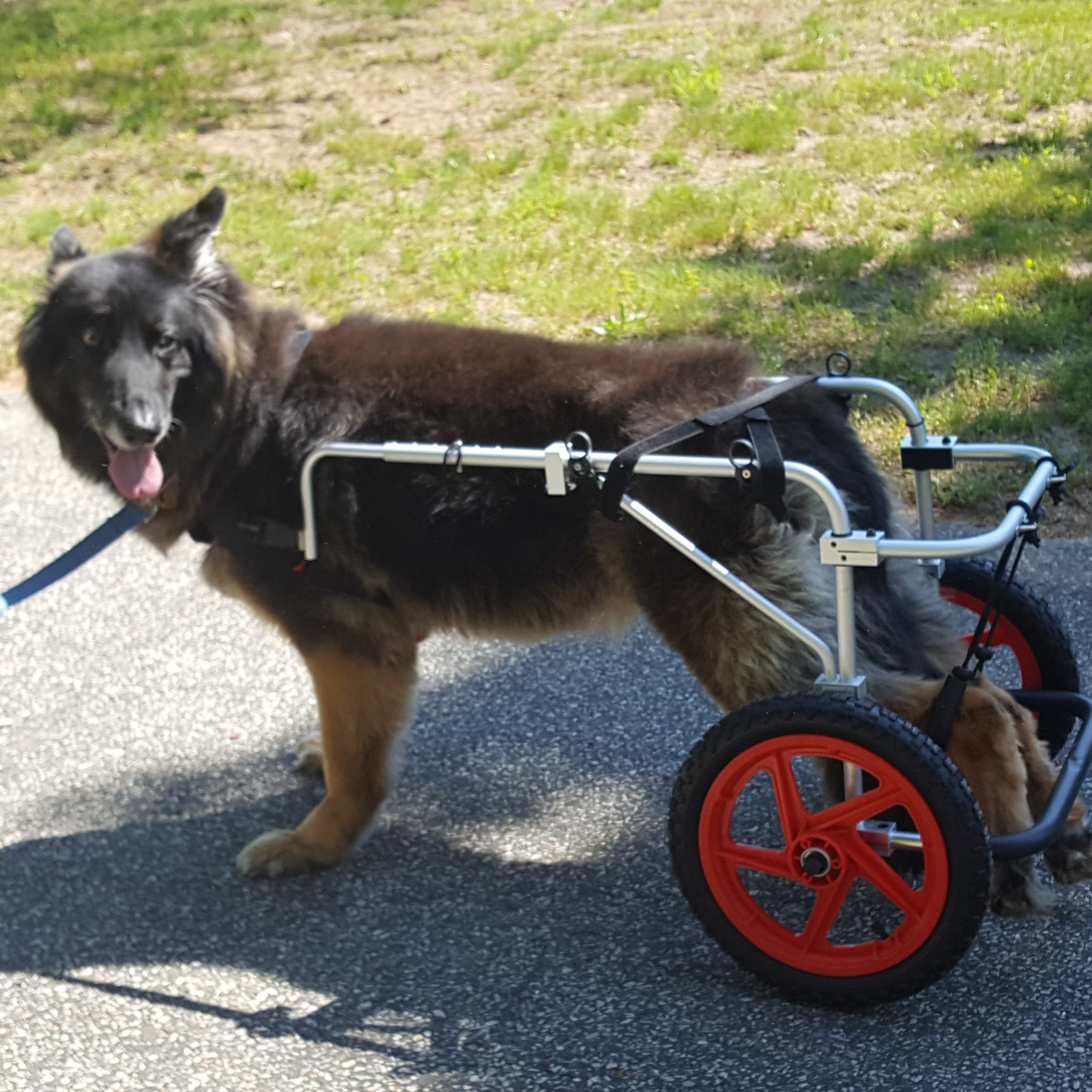Dogs are resilient, even when they become disabled from disease or age and need a dog wheelchair. Their spirit is impressive, bouncing back from situations that can devastate a human. They can even find joy in just being out on a sunny day or getting a good belly rub despite health or physical problems. A disabled dog can be a source of inspiration when you are feeling defeated by life.
However, caring properly for a disabled dog can be challenging. Here are some practical ways to lighten the load.
Create a system
Your disabled dog has unique needs, so you must have a daily schedule to ensure that everything that needs to be done is done. If you have healthy dogs in the house, you should send them out first so you can concentrate on getting your disabled dog ready for the day. A routine will also help your disabled dog adjust more quickly to their new situation, especially if it includes getting them strapped to their wheelchair.
Be ready with the supplies
If your dog is incontinent, you will face unique challenges in maintaining cleanliness. Have the following at hand:
- Machine washable orthopedic bed
- underpads for sleeping
- diapers
- Baby wipes for spot cleaning
- dry shampoo
- mild shampoo for regular baths
- moisturizing rinse if the dog develops dry skin from frequent washing (ask your vet)
- bandages to cushion pressure points and prevent bed sores
Be on the lookout for signs of bladder infection
A disabled dog typically has problems voiding their bladder completely. Just because you find urine does not mean the bladder is empty; it may overflow. Urine trapped in the bladder can lead to infection. You can usually tell if there is an infection by how it smells and looks, but to be safe, have your dog’s urine checked regularly. Prevention is, of course, the better option. Your dog may need help, especially if your dog suffers from spinal problems. You can do this by regularly expressing it by squeezing. Ask your vet to teach you how to do it.
Find the right mobility gear
Some dogs can significantly benefit from a harness to help you carry and move your dog. Ensure you know how to use it properly so you do not injure yourself or your dog.
A disabled dog will also benefit significantly from the correct pet wheelchair. Ensure that it is the right size and height for your dog to prevent exacerbating their condition. Please educate yourself on how to put it on your dog, adjust it, and acclimatize your pet for regular use. You can also ask your vet to help you.
